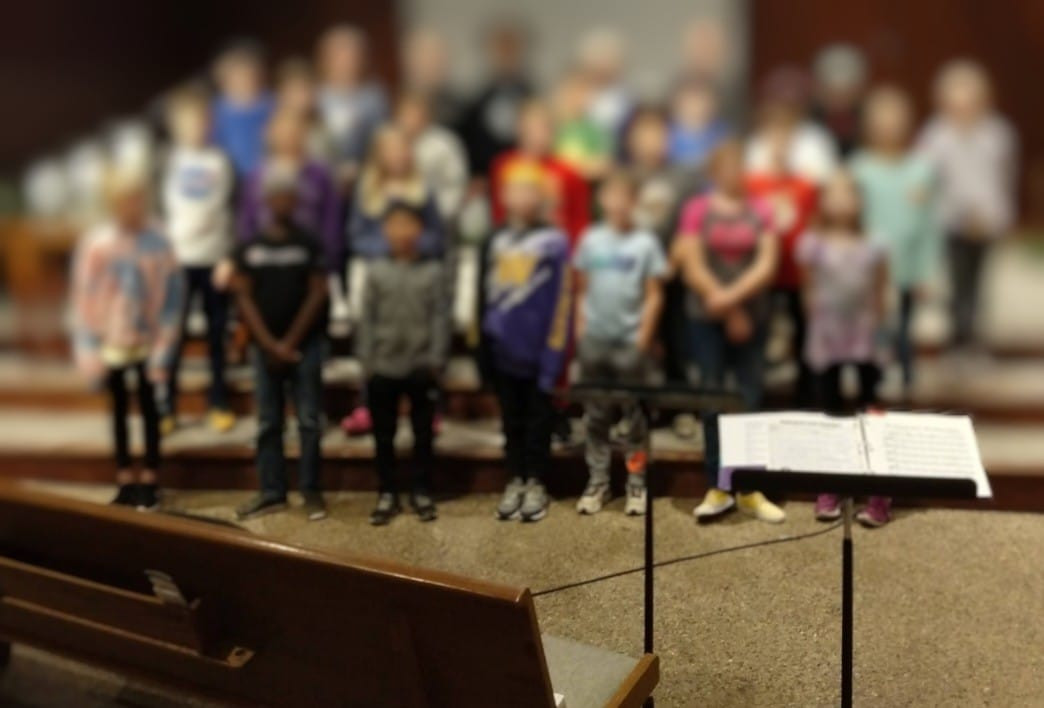
- The song is too low: One of the most frequent reasons I hear people struggle to sing a song is because the recording they are singing with (or they themselves) start singing the song too low. This leads to them not being able to sing the notes accurately because their voice cannot hit those low notes -- this is especially true for children whose voices have not changed yet. I see this allll the time in church kids choirs where the director has picked music that is for adults without taking into account the melody's range for the children's singing needs.Solution: If you find yourself struggling with a song that feels too low, consider transposing it to a higher key that better suits your voice (aka start singing higher! I gave an audio example here). Experiment with different keys until you find one that allows you to sing comfortably without strain. Additionally you can work with a voice teacher (like me!) to increase your range and work on other techniques that will help you sing lower notes if that's a desired skill.
- You aren't using enough air/breath: Breath support is the foundation of good singing technique, yet many beginners underestimate its importance. Insufficient breath support can lead to weak, airy vocals, pitch instability, and an inability to sustain notes effectively. Without proper breath control, even the most talented singers can struggle to reach their full potential.Solution: Focus on developing strong breath support by practicing diaphragmatic breathing exercises regularly. Imagine filling your lower lungs with air as you inhale deeply like through a straw, allowing your lungs to descend and expand. Practice exhaling slowly and steadily (like on an "s" sound), maintaining control over your airflow throughout each phrase. Incorporate breath support exercises into your daily vocal warm-up routine to strengthen your diaphragm and improve your vocal stamina.
- You need to use your ears just as much as your voice: Singing isn't just about producing sound; it's also about listening and adjusting in real-time to stay on pitch and maintain vocal consistency, especially if you're singing with a recording or track or other singers. Many aspiring singers neglect the importance of active listening and rely solely on muscle memory or visual cues, leading to inaccuracies and inconsistencies in their performances.Solution: Train your ear by practicing pitch-matching exercises and listening to a variety of music genres attentively. Pay close attention to pitch, tone, and phrasing, and strive to replicate what you hear accurately. Sing along with recordings of professional singers, focusing on matching their pitch and expression. Over time, your ear will become more attuned to nuances in pitch and tone, allowing you to sing with greater accuracy and confidence.

- Note Recognition: The ability to identify and sing the correct pitches indicated in the musical score.
- Rhythm Recognition: Being able to interpret and execute the rhythm of a piece accurately.
- Interval Recognition: Recognizing the distance between two pitches, which helps in accurately reproducing melodies.
- Key and Scale Recognition: Understanding the key signature and scale of a piece, which guides the performer on which notes to sing.
- Phrasing and Articulation: Interpreting the musical notation to convey musical expression, including dynamics, tempo, and articulation.
Ear training, also known as aural skills, involves developing the ability to identify and reproduce musical elements solely by hearing them. This includes melody, harmony, rhythm, and timbre. My goal is always to develop the musical ear before the musical eye.
- Pitch Recognition: Identifying individual pitches and intervals between them.
- Melodic Dictation: Hearing a melody and writing it down in musical notation.
- Harmonic Analysis: Recognizing and identifying chords and chord progressions in a musical piece.
- Rhythmic Dictation: Hearing a rhythm and notating it accurately.
- Chord Progression Recognition: Identifying the sequence of chords in a piece of music.
- Transcription: Listening to a piece of music and notating it in sheet music form.
Conversational Solfege is a system of 12 steps that addresses these needs first by ear and then adding the eye and symbols to it to develop a person's musical mind and musical thinking in a playful, creative way!
To learn more about Conversational Solfege, check it out here. And here are the flash cards I use that go with the CS units. I'm happy to chat more about CS as well, it's a passion of mine to use this well-created resource to help develop young musicians.










